
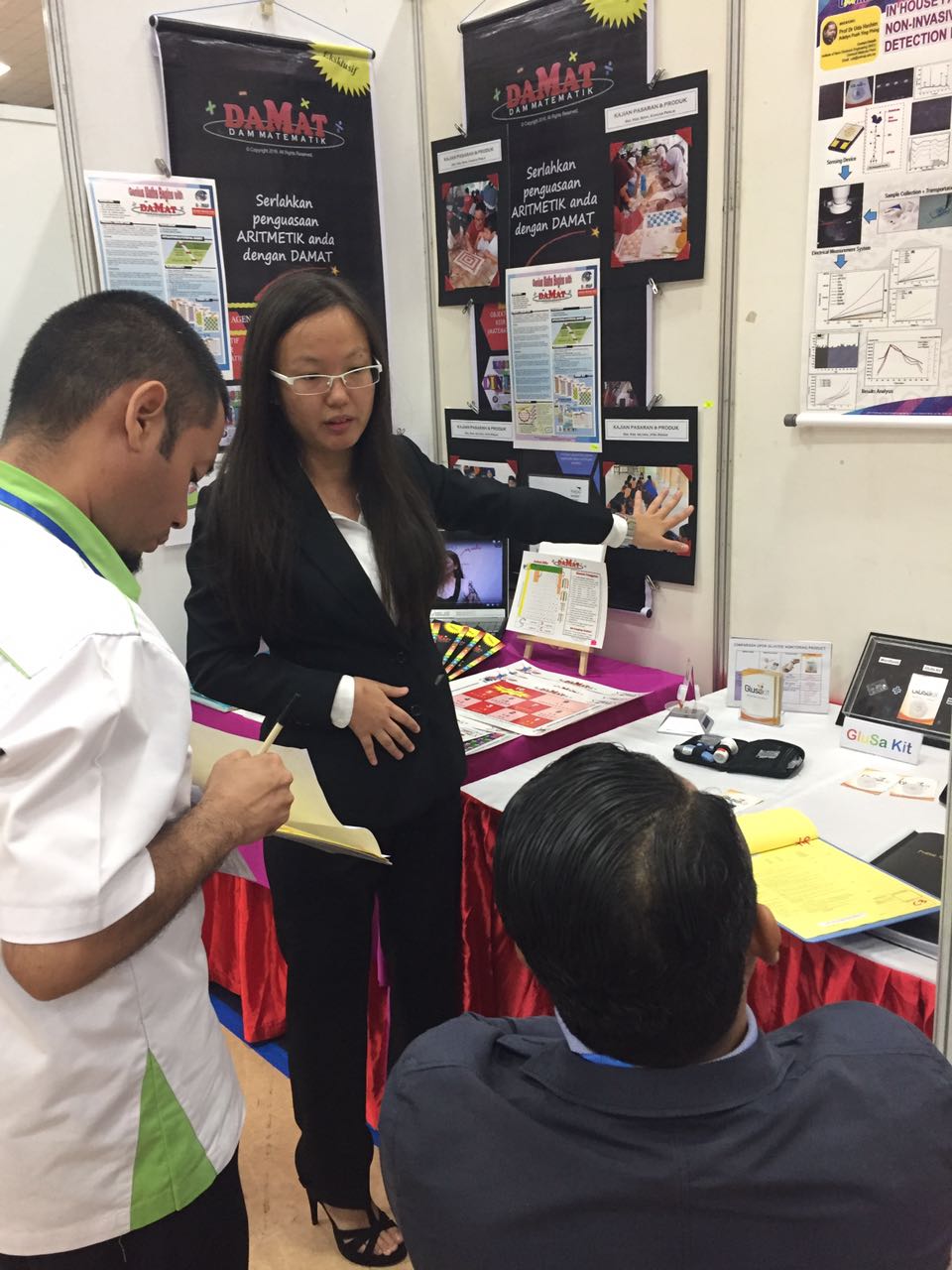

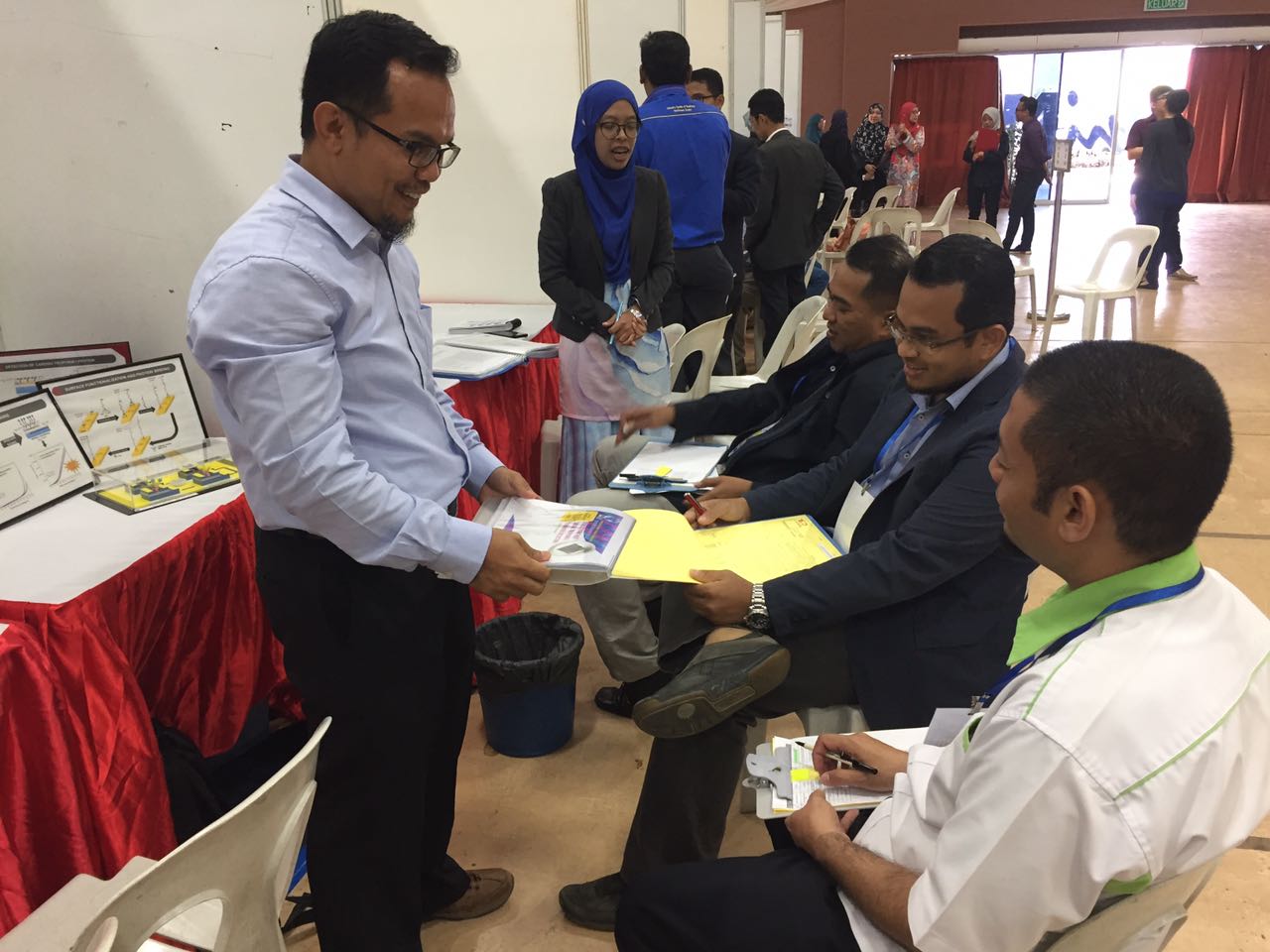
Institute of Nano Electronic Engineering
Universiti Malaysia Perlis
By Editor




By Editor
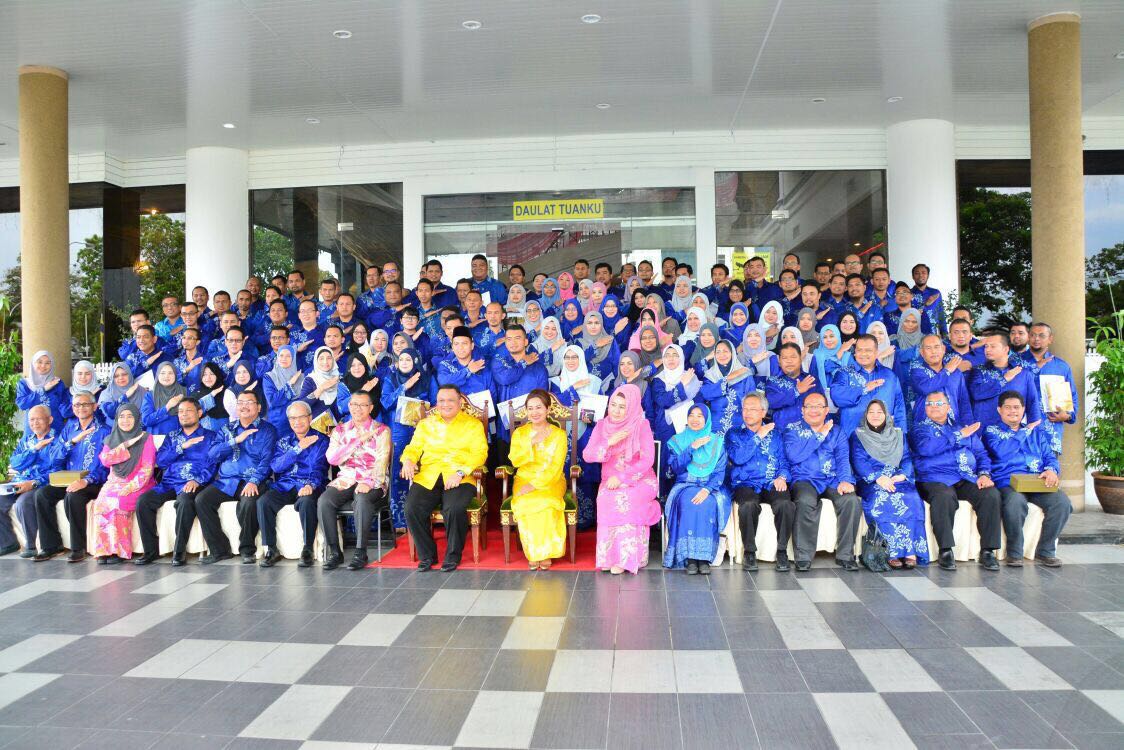
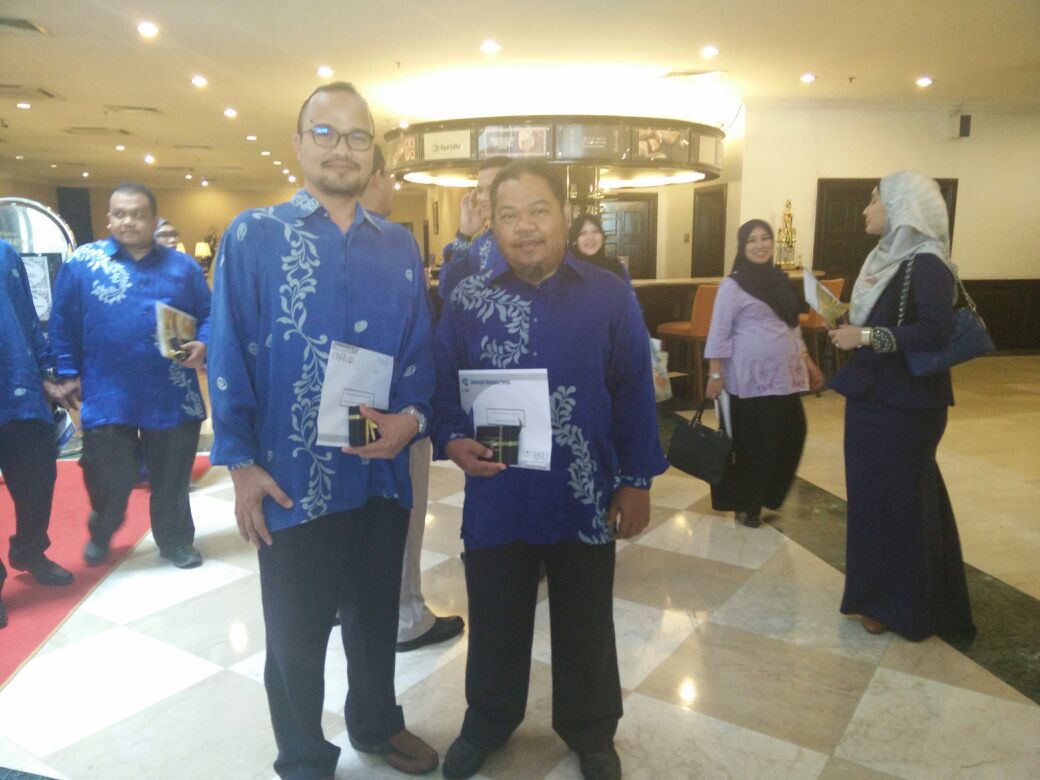
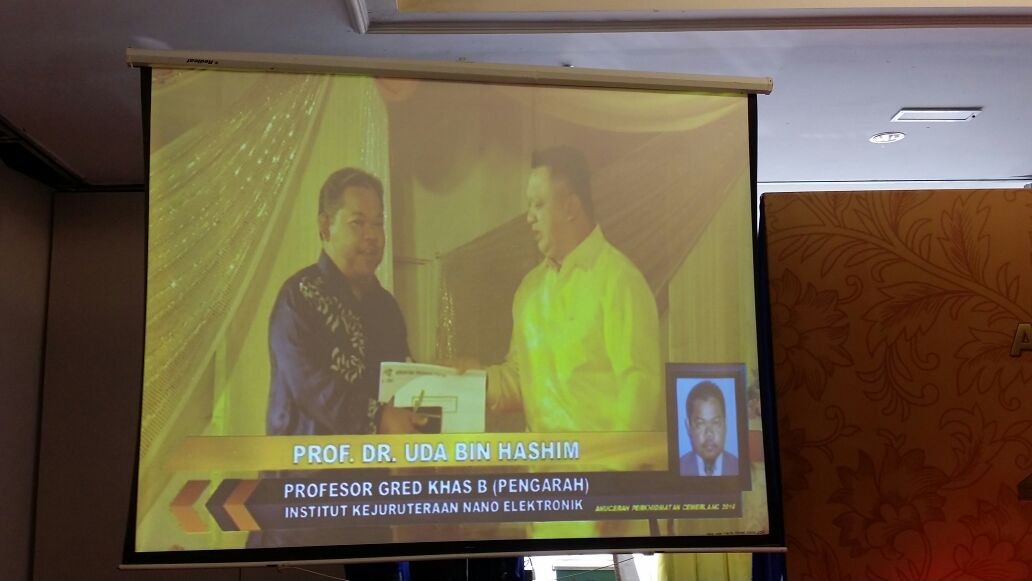
By Editor
Abstract – Currently, field-effect transistor (FET)-based biosensors have been implemented in several portable sensors with the ultimate application in point-of-care testing (POCT). In this paper, we have designed substrate-gate coupling in FET-based biosensor for the detection of cardiac troponin I (cTnI) biomarker. In the device structure, zinc oxide nanoparticles (ZnO-NPs) thin film were deposited through sol-gel and spin coating techniques on the channel. The p-type silicon was used as a substrate, while ZnO is an n-type nanomaterial, thus creates p-n-p junction between source, channel, and drain. The deposited thin films exhibited hexagonal wurtzite phase of ZnO, suitable for biomolecular interaction as revealed in X-ray diffraction (XRD) analysis. The surface of the thin film was then functionalized with 3-aminopropyltriethoxysilane (APTES), followed by glutaraldehyde (GA) as a bi-functional linker to immobilize the cTnI monoclonal antibody (MAb-cTnI) as bio-receptor for capturing cTnI biomarker and proven by the Fourier transform-infrared (FT-IR) spectra. Lastly, we demonstrated a new strategy, the integration of FET-based biosensors with substrate-gate showed differences between before (immobilization) and after cTnI target biomarker interaction by significant changes in drain current (ID) and change of threshold voltage (VT), which improved the sensitive detection, with the limit of detection down to 3.24 pg/ml.
Keywords – Biosensor, Cardiac troponin I, Electrical-based, Field-effect transistor, Substrate-gate coupling, Zinc oxide nanoparticles
Corresponding Author: Uda Hashim
Corresponding Author’s Email: uda@unimap.edu.my
Full text: PDF
By Editor
Abstract – Nanoparticles have been investigated as flagging tests for the sensitive DNA recognition that can be utilized as a part of field applications to defeat restrictions. Gold nanoparticles (AuNPs) have been widely utilized due to its optical property and capacity to get functionalized with a mixed bag of biomolecules. This study exhibits the utilization of AuNPs functionalized with single-stranded oligonucleotide (AuNP-oligo test) for fast the identification of Human Papillomavirus (HPV). This test is displayed on interdigitated electrode sensor and supported by colorimetric assay. DNA conjugated AuNP has optical property that can be controlled for the applications in diagnostics. With its identification abilities, this methodology incorporates minimal effort, strong reagents and basic identification of HPV.
Keywords – Colorimetric detection, DNA detection, Gold nanoparticles, Human Papillomavirus, Interdigitated electrode sensor
Corresponding Author: Uda Hashim
Corresponding Author’s Email: uda@unimap.edu.my
Full text: PDF
By Editor
Institute of Nano Electronic Engineering (INEE) was recently crowned the winner of the National Nanotechnology Innovation Research (PIN) Project Contest 2016 at the Technology Park Malaysia in Kuala Lumpur.
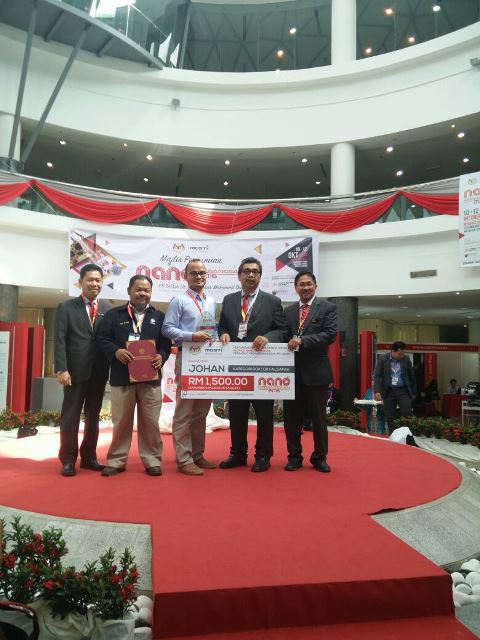
The thesis entitled Electrical Detection of Dengue Virus (DENV) DNA Oligomer Using Silicon Nanowire Biosensor with Novel Molecular Gate Control penned by Dr. Mohammad Nuzaihan Md Nor from the Institute of Nano Electronic Engineering (INEE) caught the attention of the jury and won a cash prize of RM1,500, a trophy and a certificate.
The award ceremony was officiated by the Deputy Minister of the Ministry of Science, Technology and Innovation (MOSTI) Daturk Dr. Abu Bakar Mohamad Diah.
PIN was organised in conjunction with the National Nano Programme 2016 (NanoKEB 2016) which took place on 10 October 2016 to provide the opportunity for Master’s Degree and Doctorate Students with creative and innovative ideas to produce solution to problems such as energy and environment, healthcare and medicine, food and agriculture, and electronics and systems.
The contest was opened to Master’s Degree and Doctorate students registered with Malaysian public and private institutions of higher learning.
16 participants in the Doctorate category and 12 in the Master’s Degree category were assessed and selected to participate in the contest.
Institute of Nano Electronic Engineering, Universiti Malaysia Perlis
Lot 106, 108 & 110, Blok A, Taman Pertiwi Indah,
Jalan Kangar-Alor Setar, Seriab 01000 Kangar, Perlis, Malaysia
Tel: +604-979 8581 Fax: +604-979 8578 Email: webmaster.inee@unimap.edu.my